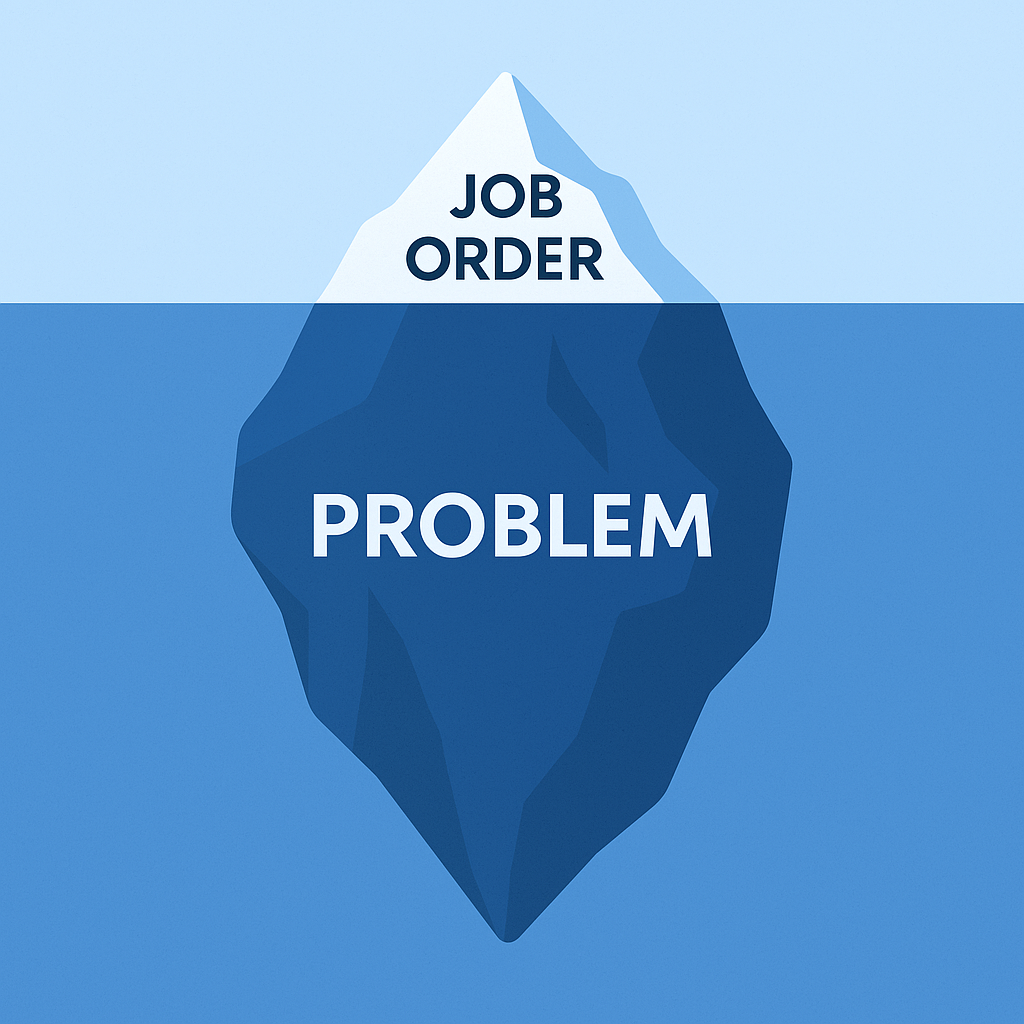Selling With Your Consultant
In my previous post, How to Prevent Unexpected Contract Terminations, I shared how systemizing consultant and client check-ins at key milestones...
3 min read
![]() Dan Fisher
:
Feb 28, 2023 6:45:00 AM
Dan Fisher
:
Feb 28, 2023 6:45:00 AM

This is part five of a seven-part miniseries dedicated to helping IT recruiters and IT staffing sales professionals understand the software development lifecycle to further develop their technical and business acumen to improve candidate and customer engagement.
My goal with each blog post is to enhance recruiter knowledge and sales knowledge so that IT staffing professionals may share and speak a common language with their candidates (IT professionals) and customers (IT hiring managers) and provide an engaging experience for the candidates and customers they serve.
My goal with each blog post is to enhance recruiter knowledge and sales knowledge so that IT staffing professionals may share and speak a common language with their candidates (IT professionals) and customers (IT hiring managers) and provide an engaging experience for the candidates and customers they serve.
In part one, I explained what the software development lifecycle is, why software engineering teams follow a process for developing software and the value of following that process. In part two I explained the project initiation phase and the project planning phase of the software development lifecycle and provided some sample candidate interview questions and sales probing questions.
In part three I highlighted the key roles and responsibilities of project team members, work artifacts and the deliverables of the requirements gathering phase.
In part four discuss software design and development including key terms, the role and responsibility of each project team member, and the work artifacts and deliverables produced.
In this post I break down software quality assurance and testing including key terminology, the role and responsibility of each project team member, and the work artifacts and deliverables produced.
IT Recruiter Training: Software Quality Assurance and Testing
The goal of the SAQ and testing phase is to prove that the system satisfies all requirements, project stakeholders, and functions according to the design parameters. This is proven through system, security, and user acceptance testing. The goal is also to ensure the system functions as described in the operations and user manual. The testing phase also ensures that the data has migrated correctly from the legacy system. Testing evaluates software/system components by executing one or more components with manual or automated tools.
During this phase, SQA or the testing team may find bugs or defects. When this happens, they communicate these issues to the developers, who fix the bugs and pass it back to the testing team. The testing team conducts another test to determine if there are more bugs, and the cycle repeats. This process continues until the software is bug-free, stable, and working according to the business needs of that system.
Testing cannot confirm a system functions properly under all conditions. But it can establish that it fails under specific conditions.
A well-known maxim in software development is the earlier a defect is found in the development process, the less expensive it is to fix. Testing early in the life cycle reduces risks like delays or soaring cost from incomplete or unacceptable components.
Role & Responsibilities
Project Manager
The project manager resolves issues related to resources, scheduling, and budget. They review and report progress to the executive sponsor and/or customer.
Software Development/Engineering Team
This team assists with building and analyzing test results.
Database Administration Group
Assist with integrating the solution design and data conversion tests.
Software Quality Assurance/Testing
The testing team is responsible for testing the software for defects. They test the software either manually or by using automated testing tools to ensure each software component works properly. The testing team notifies the developers of any defects who then fix the bugs and send back to QA for a re-test. This process continues until the software is bug-free, stable, and working according to the functional business requirements.
Software Quality Assurance & Testing Deliverables and Work Artifacts
Key deliverables and work artifacts during the testing phase include:
Sales Pro Tip
Many corporate IT departments do not have a formal software quality assurance and testing process, most of which rely on the same engineers who wrote the code to actually test it. This is a bad practice. Salespeople should make every effort to understand the customer's testing capabilities. Consider the following probing questions to uncover potential sales opportunities within the testing phase:
Recruiter Pro Tip
Consider the following candidate interview questions relative to the testing phase.
To further hone your candidate qualification skills, check out our eBook, Executing the Candidate Interview, Five Pillars to Effective Candidate Qualification.

In my previous post, How to Prevent Unexpected Contract Terminations, I shared how systemizing consultant and client check-ins at key milestones...

About a year ago, I was serving as the fractional revenue leader, managing sales and recruiting for a client.

If you’ve worked in staffing long enough, you’ve been trained to chase job orders.